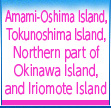- Ministry of the Environment>Nature & Parks>
- World Natural Heritage in Japan>
- Amami-Oshima Island, Tokunoshima Island, Northern part of Okinawa Island, and Iriomote Island>
- Protection and management
Protection and Management
The four islands containing the World Heritage property are inhabited, and the places for residents’ lives are close to the habitats of wildlife. To enable the coexistence of protection of the property and the people’s livelihoods, the buffer zones were set up. This property is the only natural heritage site in Japan where a buffer zone has been established.
In addition, Surrounding Conservation Areas encompassing the property and the buffer zones are designated to implement a broader range of conservation and management measures necessary for addressing threats to the property such as invasive alien species and illegal collection of rare species.
Under the Comprehensive Management Plan that encompasses the entire four islands covering these three different management zones, many stakeholders are working together to ensure effective management.
- Protected Areas in the Property
Amamigunto National Park Special Protection Zone: 5,094 ha Special Zone: 9,061 ha Yambaru National Park Special Protection Zone: 2,949 ha Special Zone: 4,772 ha Iriomote-Ishigaki National Park Special Protection Zone: 4,624 ha Special Zone: 16,198 ha - (Under jurisdiction of MOE)
Examples of Efforts
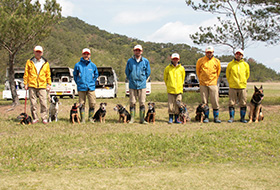
Mongoose Busters
On Amami-Oshima Island and northern Okinawa Island, teams of about 30 people called “mongoose busters” are organized. They capture and monitor alien mongooses systematically using detection dogs. As a result of these efforts, not a single animal was captured on Amami-Oshima Island in JFY2019 and JFY2020, suggesting that the situation is close to eradication. In northern Okinawa Island, fences have been installed to prevent mongooses from invading from the central and southern parts of the island, where the animal is densely distributed.
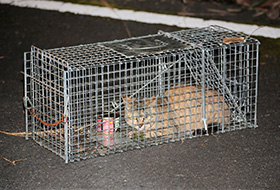
Proper keeping of pet cats
Predation of rare species by cats has been confirmed in the property. There is also concern about the impact of disease transmission to rare species. To address this issue, all 4 regions have enacted ordinances on the proper keeping of pet cats to promote microchipping of owner information and ensure that cats are kept indoors.
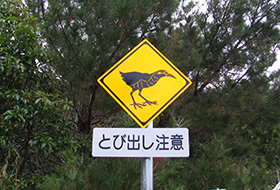
Roadkill countermeasures
In order to tackle roadkills of rare wildlife species such as the Amami rabbit, Okinawa rail, and Iriomote cat, signs to warn about frequent accidents and fences to prevent road intrusion have been installed. Also, traffic accident prevention campaigns are conducted for residents and tourists.
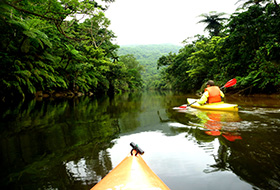
Tourism management
All 4 regions have developed tourism master plans and basic visitor management plans that set out rules of use and promote appropriate tourism use. In Iriomote Island, the "Taketomi Town Tourist Guide Ordinance" enforced in April 2020 makes it mandatory to obtain a license and attend a training course to conduct nature tourism guide business. Licensed guides have knowledge about the natural environment and fulfil a range of other requirements, such as water rescue certification.
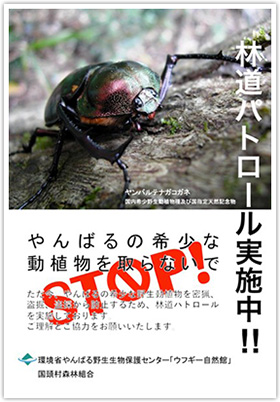
Forest road patrols by local stakeholders
In northern Okinawa Island, the Ministry of the Environment, Okinawa Prefecture, Kunigami Village Forestry Association, and local people work together to patrol forest roads in order to monitor the use of forest roads and prevent illegal collection of wildlife. They also disseminate information on various laws and regulations relating to the prevention of illegal collection. Since 2018, a cooperation system with police officers has been in place and joint patrols have been carried out to detect poachers.
Promotion of public awareness by private sectors
In 2019, in order to promote the inscription of this property, the natural World Heritage promotion joint consortiums were established in both Kagoshima and Okinawa prefectures, consisting of more than 30 private companies and organizations in each prefecture. These consortiums currently conduct activities such as public awareness promotion and protection of rare species and the natural environment in cooperation with government agencies. They also contribute to local communities through the use of the natural environment and works to promote local development.





